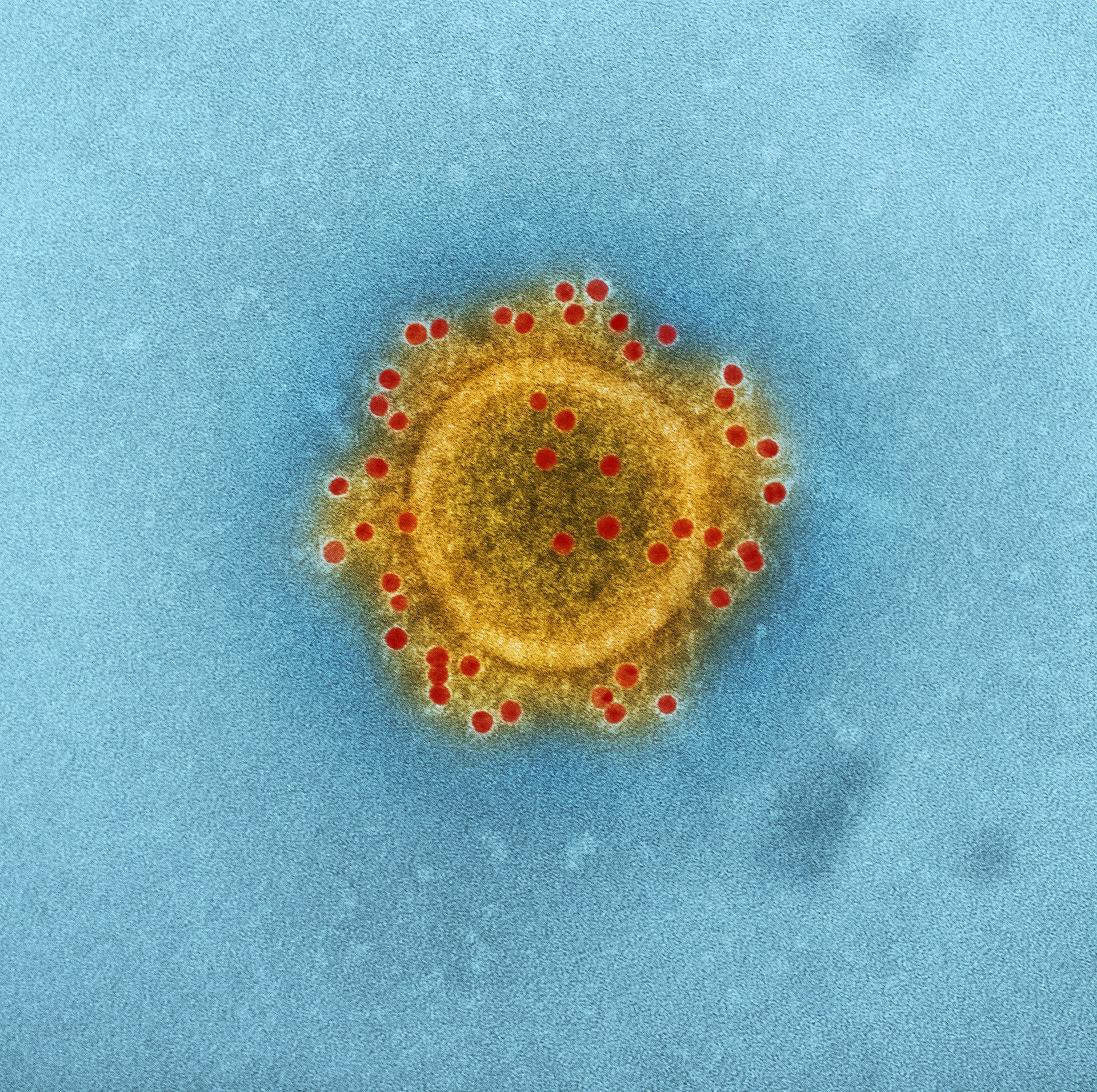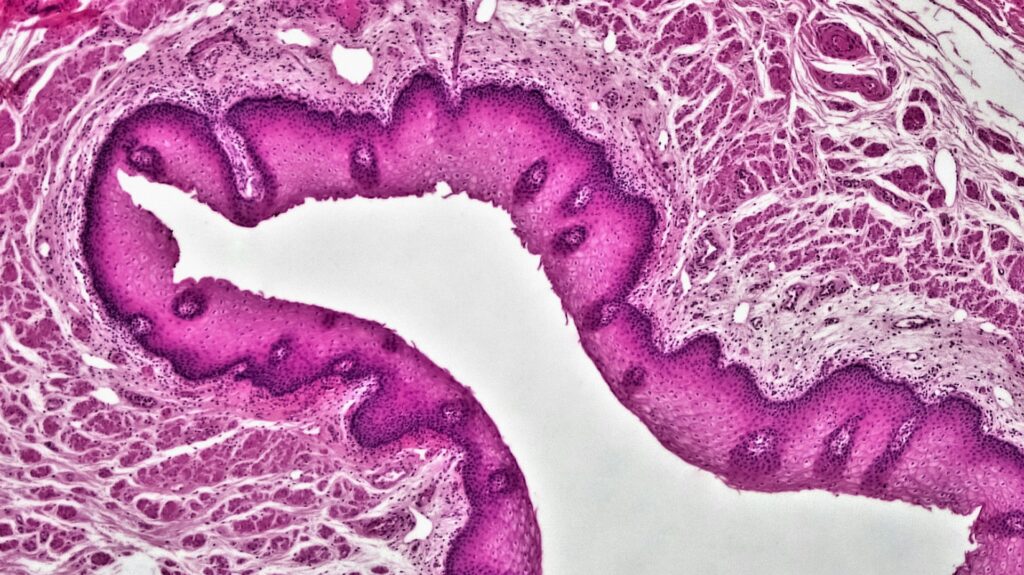Researchers at Stanford University uncovered a surprising adaptation in a lineage of cyanobacteria that may have big impacts on how carbon is stored in the ocean. Blue-green algae, or cyanobacteria, are ancient microbes also famous for oxygenic photosynthesis, a process that helped mould the atmosphere on Earth a couple of billion years ago. But now a study shows that some of these microbes possess two forms of the Rubisco enzyme that’s crucial for converting carbon dioxide into biomass.
Little is known about the adaptability of life in challenging environments and it also gives potential of applications in carbon sequestration and crop engineering, this dual enzyme system, albeit rare, comes together and is never found in the same organism.
The Role of Rubisco in Cyanobacteria
Ribulose bisphosphate carboxylase, or Rubisco, for short, is one of the most abundant proteins on Earth, and a central player in photosynthesis. The more common form I Rubisco is used by most cyanobacteria and this enzyme works in a specialised structure called the carboxysome to focus CO2 and reduce oxygen interference.
Nevertheless, form II Rubisco operates successfully in low oxygen environments without the carboxysome’s advantages. But they have historically never thought about organisms as having employed only one form of Rubisco, tailored to their specific environmental needs.
But that assumption was tested when postdoctoral scholar Alex Jaffe analysed DNA from seawater samples gathered in oxygen minimum zones, areas around 50 to 150 metres below the surface where light and oxygen are sparse. Previous to Jaffe, researchers had not seen a genetic configuration of cyanobacteria with genes for both form I and form II Rubisco.
A Survival Advantage in Challenging Conditions
Two Rubisco forms may confer a survival advantage for these cyanobacteria in the harsh conditions of oxygen minimum zones. Such combination of enzymes might enable these microbes to tune carbon fixation to fluctuating environmental conditions, ranging from variable oxygen and light levels.
Anne Dekas, an assistant professor of Earth system science at Stanford and senior author of the study, noted the significance of this adaptation:
“It’s very hard to live in these low-light, low-oxygen environments. For a photosynthetic organism, having multiple strategies to process carbon dioxide may be key to survival.”
While the exact mechanism and benefits of this dual system are still under investigation, researchers suspect it may enable these microbes to capture and store carbon dioxide more efficiently.
A New Appreciation for Genetic Flexibility
The study highlights the remarkable flexibility of life’s metabolic machinery.
“These genes, despite being central to organisms’ metabolism, can actually be quite flexible and reconfigured in ways we didn’t expect,” Jaffe remarked.
What makes this research not just deepen our knowledge of cyanobacteria, but it also serves as a reminder about the incredible potential of microbial life for helping solve global challenges. Further exploration of these ancient microbes, however, could yield lessons for not only environmental conservation, but also sustainable food production.
Excavations like this keep bringing home the reality that life is knitted together from the biosphere down and that there are seemingly limitless riches to discover from things from the natural world.

Hassan graduated with a Master’s degree in Chemical Engineering from the University of Chester (UK). He currently works as a design engineering consultant for one of the largest engineering firms in the world along with being an associate member of the Institute of Chemical Engineers (IChemE).



